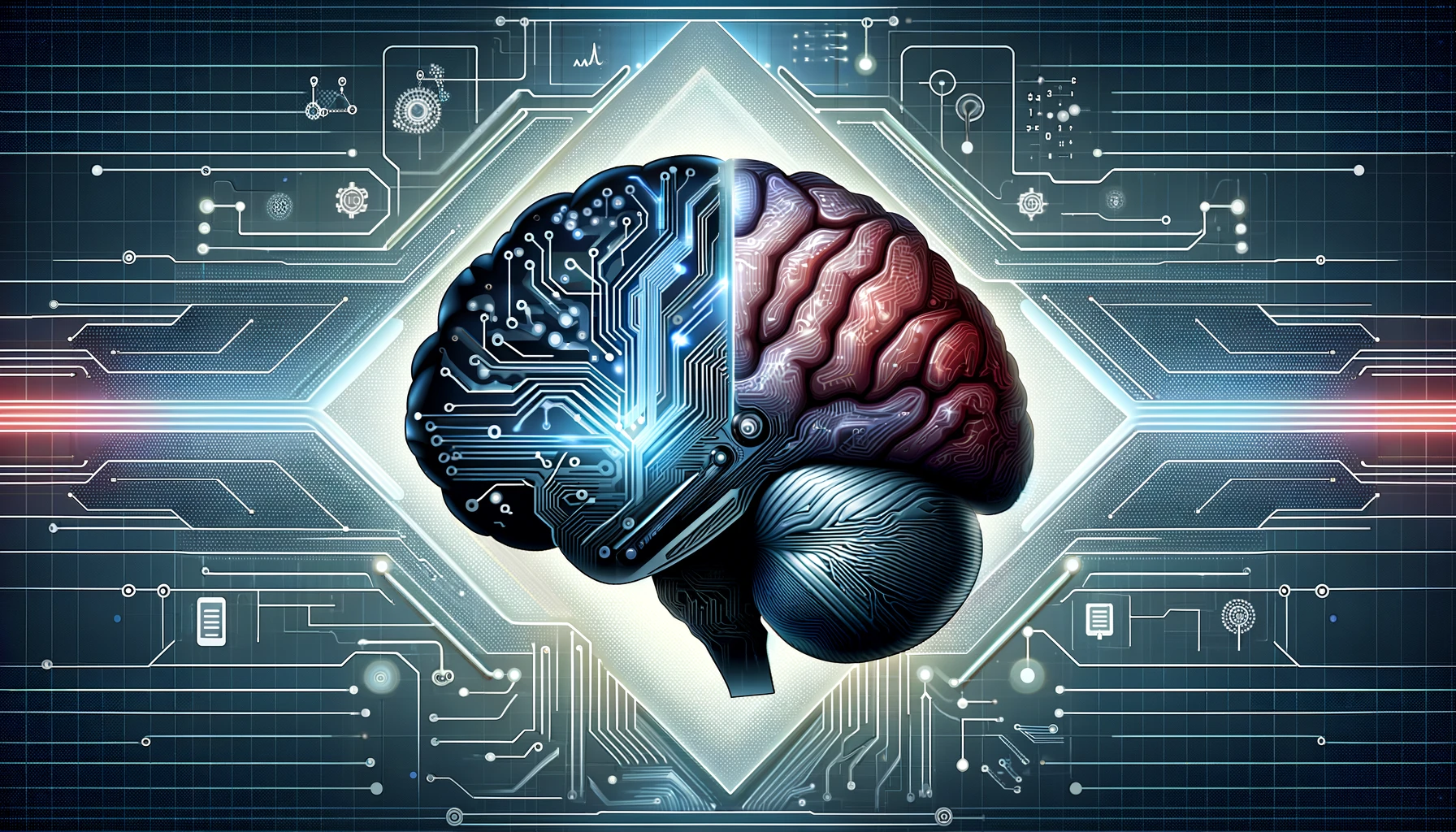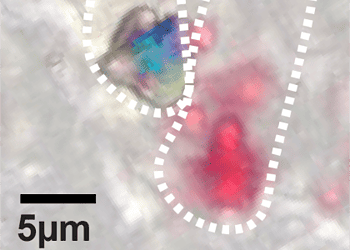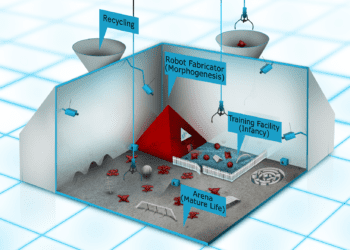
- 🤖 Brainoware, a hybrid biocomputer, combines human brain tissue and electronic circuits for complex computing.
- 🧠 It excels in tasks like speech recognition and solving equations, improving with input data using neuron-like cells.
- 🚀 Despite challenges in organoid maintenance, Brainoware has potential in AI and brain research, with future enhancements planned.
It sounds like the premise of every science fiction book or movie with androids, only this time it’s real life. Scientists have unveiled a hybrid biocomputer, named Brainoware, which merges laboratory-grown human brain tissue with conventional electronic circuits.
Brainoware uses adaptive reservoir computation, a method involving biological neural networks within brain organoids. These networks interact with a high-density multielectrode array, facilitating complex computing tasks. Essentially, it combines artificial intelligence (AI) hardware with human wetware.
Brainoware demonstrated proficiency in speech recognition and solving nonlinear chaotic equations, showcasing its potential for diverse AI applications. This system remarkably learns and improves over time, adapting its functionality based on input data.
The key innovation lies in the integration of brain organoids, which are clusters of human cells that mimic actual organs. These organoids, derived from stem cells, are transformed into neuron-like cells, resembling those in our brains.
Creating Brainoware involved placing a brain organoid onto a plate with thousands of electrodes, linking brain tissue to electric circuits. The system converts input information into electrical pulses, which are then fed to the organoid. Its responses are captured by sensors and interpreted through machine learning algorithms.
In a voice recognition test involving 240 recordings from eight people, Brainoware distinguished each speaker with 78% accuracy. The organoid generated unique neural activity patterns for each voice, which the AI system successfully decoded. This achievement not only showcases Brainoware’s potential but also confirms theoretical concepts critical for developing a new class of computers based on biology.
This fusion of organoids and circuits could potentially harness the speed and energy efficiency of the human brain for AI, note the researchers. Additionally, Brainoware could prove highly useful in brain studies. Unlike simple cell cultures, brain organoids can replicate a working brain’s architecture and functions, although they’re not exactly brain-like in their function. This makes Brainoware a promising tool for modeling neurological disorders and testing treatment effects and toxicities, possibly replacing animal brain models in the future.
However, challenges remain, particularly in sustaining the organoids. As these cells require incubation, maintaining larger organoids for complex tasks is not possible at the moment. Demanding computational tasks require larger organoids, but there’s no straightforward way to achieve this just yet. For now, this is all just a proof of concept.
Looking ahead, the team plans to explore how brain organoids can be adapted for more intricate tasks and engineered for greater stability and reliability. Integrating them into existing silicon microchips used in AI computing is a crucial next step.
The findings appeared in the journal Nature Electronics.






